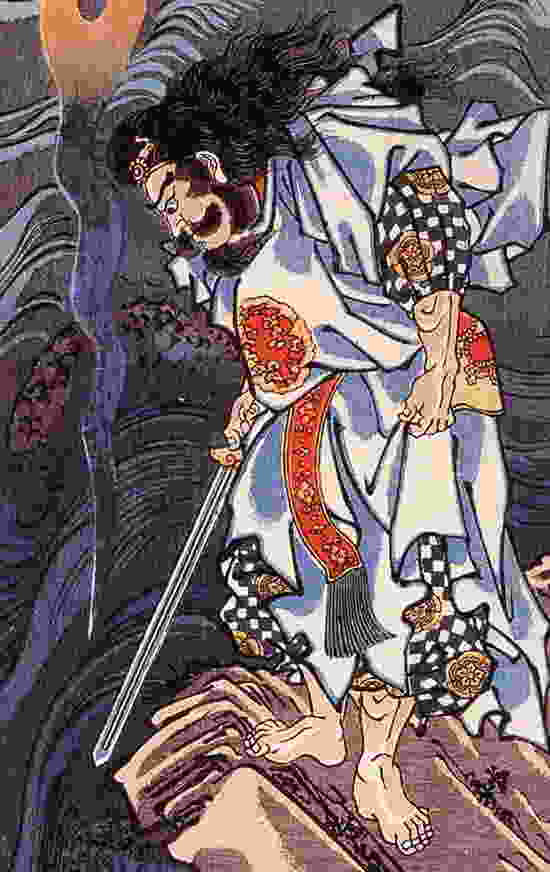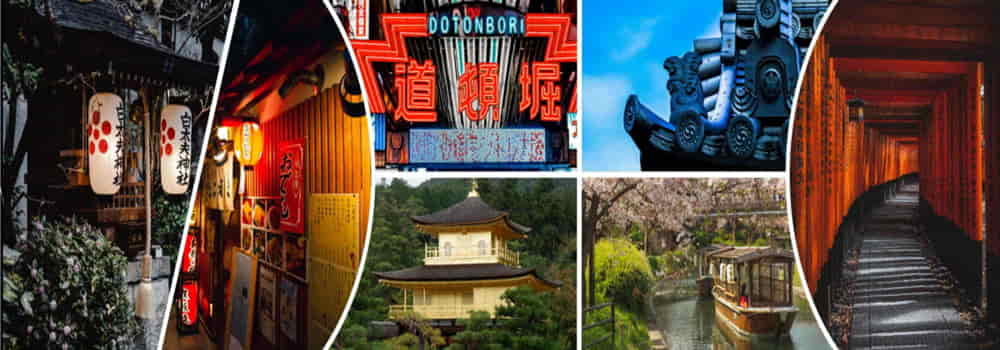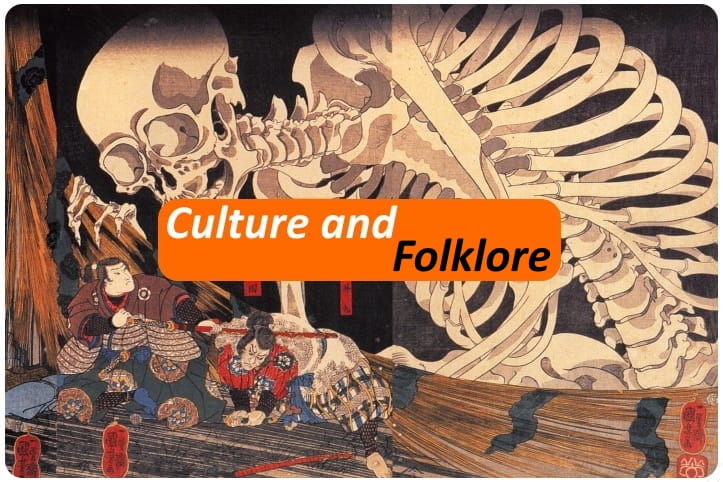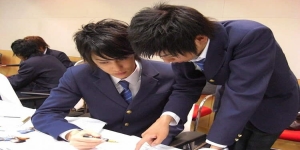Susanō-no-Mikoto 須佐之男 The bellicose and short-tempered God

Sometimes abbreviated as Susanō, it is one of the main Kami deities of the shintō. The divinity of the sea and storms is undoubtedly the most controversial described with an insolent and warlike character often clashed with the other Kami.
In Kojiki is mentions that the three main Kami were born from the Izanagi ritual when he purified himself after his visit to the underground world Yomi-no-kuni thus conceiving the third son (the divinity of storms and the sea) from the nose-born, while Tsukuyomi- no-Mikoto (the lunar divinity) from the right eye and finally (the solar divinity) the firstborn Amaterasu-ō-mi-Kami, born purifying the left eye.
Susanō-no-Mikoto's character soon led him to clash with his father because he refused to carry out the task assigned to him, while according to another interpretation he accused the parent of being a coward for abandoning Izanami in Yomi-no -kuni. But the divinity of the sea and storms clashed mainly with her sister Amaterasu-ō-mi-Kami after accusing her of not being up to her role, destroyed her sister's rice fields, caused serious damage to some animals and damaged the stalls of Uke-Mochi (the divinity of food) even killing the latter.

So the bitter solar divinity took refuge Ama-no-Iwato (the cave of the celestial rock) making the world fall into darkness (in anoter legend it is said that the person responsible for the event of the birth of day and night, of the killing of Uke-Mochi and the removal of Amaterasu-ō-mi-Kami is instead of Tsukuyomi-no-Mikoto the other brother and husband of the solar deity).Only after the intervention of the other Kami and the performance of Ame-no-Uzume-no-Mikoto (the divinity of music and dance) Amaterasu-ō-mi-Kami comes out of the cave of the celestial rock ( you can find the video of the temple erected in front of the rock https://youtu.be/J9gOzLoS9K8) and returns to Takama-ga-hara (the residence of the Kami) while Susanō-no-Mikoto was exiled.
After leaving Takama-ga-hara, the divinity of the sea and storms took away with them also the Ame-no-Ohabari (the sword of the sky) which belonged to the father Izanagi and with whom the Kagutsuchi (the divinity of fire) had been killed. ).After descending to earth he settled in an area that Kojiki identifies as the current Izumo-shi in the Chūgoku-chihō region, legend has it that Susanō-no-Mikoto after deciding to spend a period in isolation meets Kushinada's parents -Hime, in love with the girl, decides to save her from the clutches of the legendary Yamata-no-Orochi (an eight-headed and eight-tailed ryū). After a long battle using Ame-no-Ohabari he defeated the dragon and after cutting off the creature's heads (inside one of them) he finds the legendary Ama-no-Murakumo (the sacred sword).

Susanō-no-Mikoto is also the co-protagonist of the legend concerning Ōkuninushi-no-Kami, the latter who went to Ne-no-kuni to ask for advice from the divinity of the sea and storms is instead subjected to tremendous tortures to remove him from Suseri -hime. Only after Ōkuninushi-no-Kami passed the tests and ran away in the company of Susanō-no-Mikoto's daughter, did the latter decide to give the sister and solar deity the sacred sword as a sign of reconciliation.
In honor of Susanō-no-Mikoto several jinja have been consecrated such as Hikawa-jinja located at Ōmiya-ku (one of the 10 Saitama-shi wards) as well as Susa-Shrine located at Izumo-shi in Shimane-ken, but one of the most famous is undoubtedly Yasaka-jinja located near Gion (one of the most beautiful and famous wards in Japan, being also the ward of the Kyōto-shi geishas). The sanctuary (which is also consecrated to the consort of the divinity of the sea and storms, Kushinada-Hime) hosts the Gion-Matsuri from 17 to 24 July, celebrated since 970 AD. after that in 869 AD the area that had been hit by a bad epidemic, but through a purification rite called: 「goryo-e」 disappeared.
There are several quotes regarding the divinity of the sea and storms in modern folklore as in anime and manga, one of all is found in the work Naruto.
Thanks to Paolo Napolitano we learned about one of the main divas of Japanese mythology.

 English (United Kingdom)
English (United Kingdom)  Italiano (it-IT)
Italiano (it-IT) 






![[Review] Princess Toyotomiプリンセス トヨトミ](https://www.fukainihon.org//cache/mod_jt_contentslider/fdfb524f85518b9476158c79c8ea022f_328.jpg)


